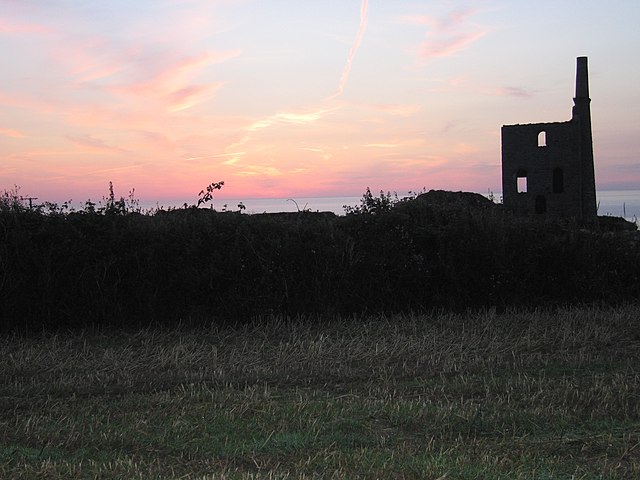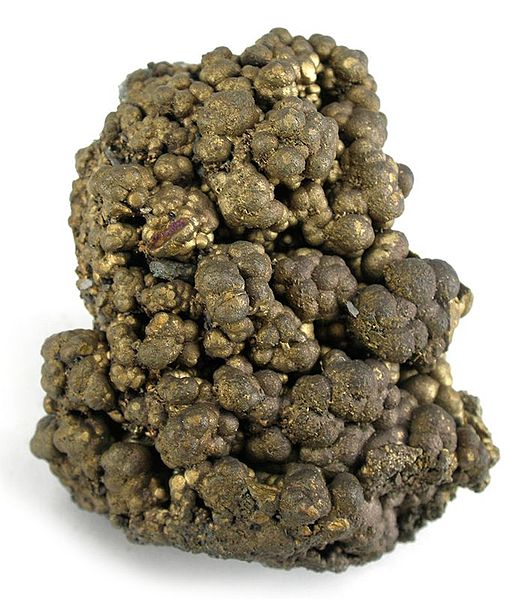Mining in Cornwall and Devon
Mining in Cornwall and Devon, in the southwest of Britain, is thought to have begun in the early-middle Bronze Age with the exploitation of cassiterite. Tin, and later copper, were the most commonly extracted metals. Some tin mining continued long after the mining of other metals had become unprofitable, but ended in the late 20th century. In 2021, it was announced that a new mine was extracting battery-grade lithium carbonate, more than 20 years after the closure of the last South Crofty tin mine in Cornwall in 1998.
Old tin mine workings near Pendeen in Cornwall
Ruin of Cornish tin mine
Openworks near the Warren House Inn, Dartmoor – looking down one gully towards a group of them in the middle distance, and more on the left side of the ridge beyond
Ruins of Poldice Mine in Gwennap
South Crofty is a metalliferous tin and copper mine located in the village of Pool, Cornwall, England. An ancient mine, it has seen production for over 400 years, and extends almost two and a half miles across and 3,000 feet (910 m) down and has mined over 40 lodes. Evidence of mining activity in South Crofty has been dated back to 1592, with full-scale mining beginning in the mid-17th century. The mine went into serious decline after 1985 and eventually closed in 1998. After several changes of ownership, South Crofty is owned by Cornish Metals Inc, which is working to re-open the mine, as of November 2022, having received a permit for dewatering the mine.
New Cooks Kitchen Shaft
Old and New Cook's Kitchen Shafts headgear, 2007 photo
Chalcopyrite mineralization, from Cook's Kitchen Mine, Carn Brea and Tincroft United Mine
Robinson's 80" engine, South Crofty Mine








